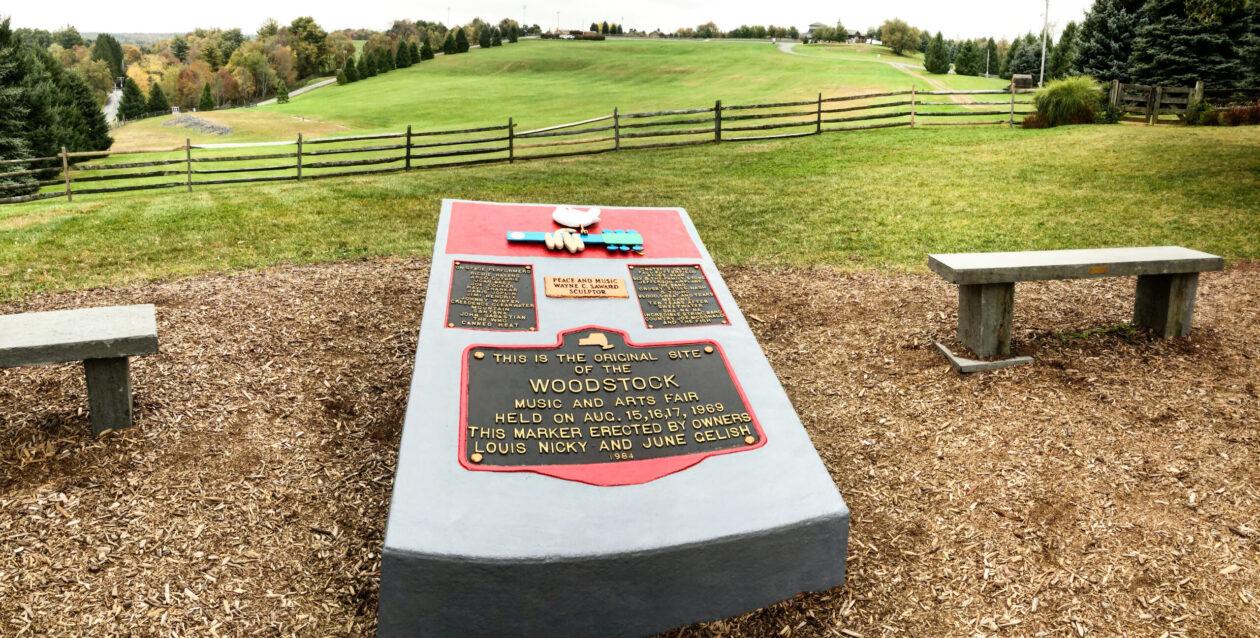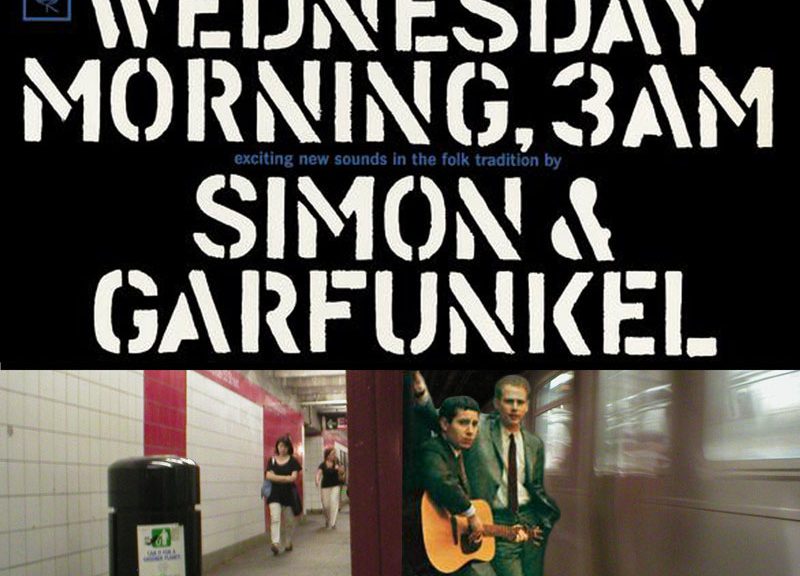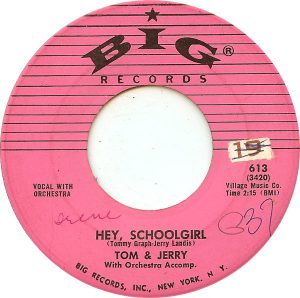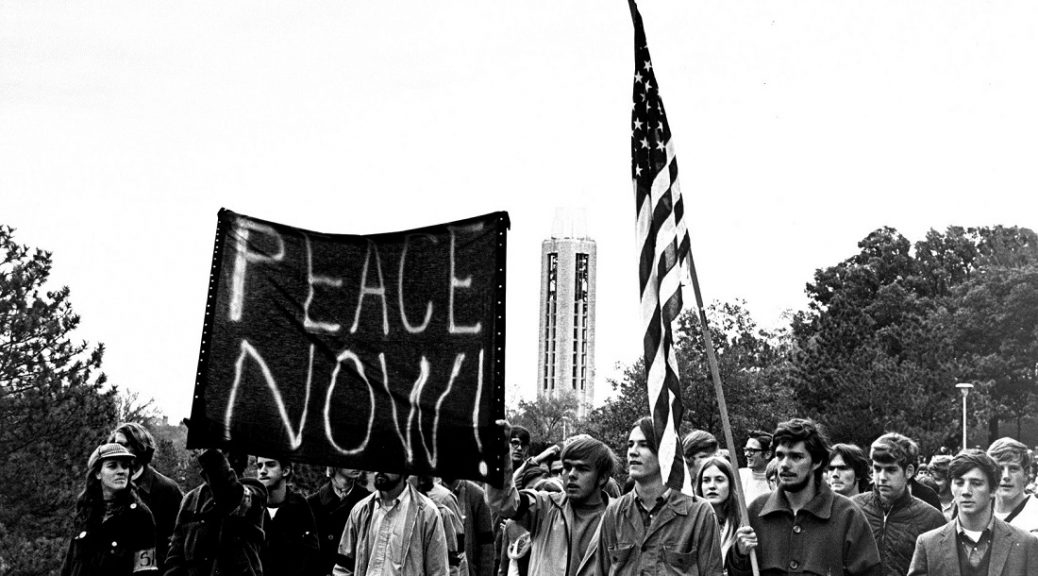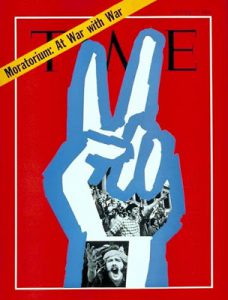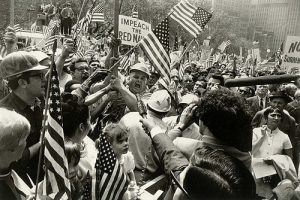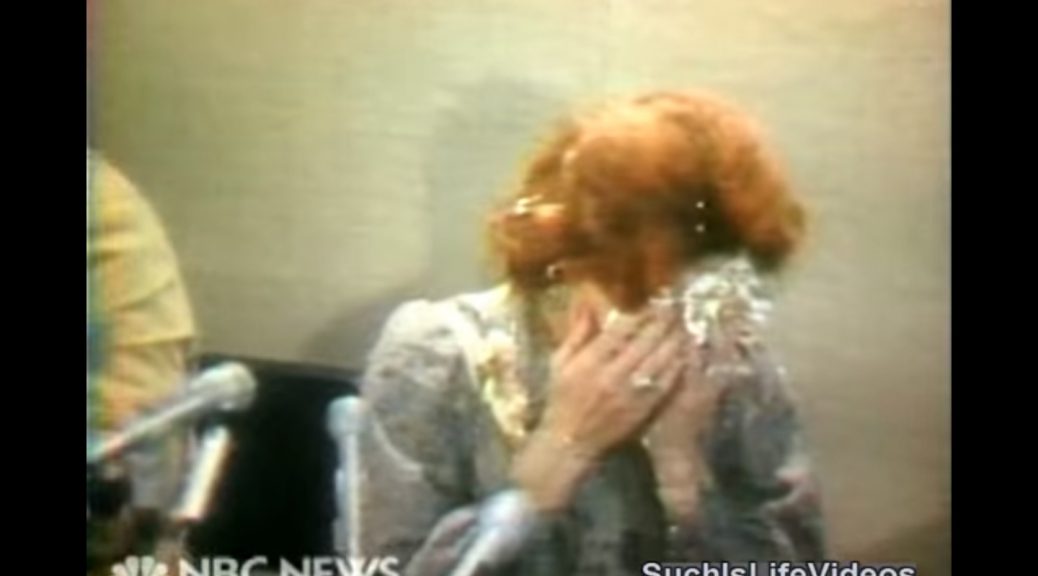Wednesday Morning 3am
Simon & Garfunkel
Released October 19, 1964
1964 v 1965
What is the difference between 1964 and 1965? Listen to the 1964 “Sound of Silence” on Simon and Garfunkel’s debut album, Wednesday Morning 3AM.
Then listen to Columbia Records producer Tom Wilson’s 1965 overdubbed electrified version re-released on Simon and Garfunel’s Sounds of Silence album and you will hear what that difference is.
When Simon and Garfunkel recorded Wednesday Morning 3am Beatlemania has just blossomed in the USA and Bob Dylan the folk singer was still the pied piper for future folk singers.
Wednesday Morning 3am
Hey Schoolgirl
The Everly Brothers-inspired school friends and aspiring folk singers Simon and Garfunkel. In 1957 they’d had had minor success as Tom and Jerry singing “Hey Schoolgirl” written by Jerry Landis and Tommy Graph.
Wednesday Morning 3am
He Was My Brother
The song that caught Tom Wilson’s ear was Paul Simon’s “He Was My Brother.” Andrew Goodman was one of the young men that the Ku Klux Klan killed on June 21, 1964. Goodman had also been a classmate of Simon and Garfunkel. [see Freedom Summer]
Like most folk albums of the time, it was acoustic:
- Paul Simon – acoustic guitar, banjo on “Last Night I Had the Strangest Dream”, vocals
- Barry Kornfeld – acoustic guitar
- Bill Lee – acoustic bass
It was a tough year for musicians. Beatlemania had erupted and the band dominated the music of 1964–they had had five #1 songs.
The album had no commercial success. Paul Simon went to England to pursue a solo career. Art Garfunkel returned to Columbia to pursue his studies.
Wednesday Morning 3am
Tom Wilson did it
Until Tom Wilson. Tom Wilson was one of Columbia Records main producers. He’d produced Dylan’s break-out electric album, Bringing’ It All Back Home. Bob wasn’t working on Maggie’s farm no more. Wilson gathered a few electric musicians and overdubbed “Sounds of Silence.”
That version is the version we are mainly familiar with. The electric version. The version with drums.
The song, as we already know, became a huge hit. One of the biggest songs in the American songbook and is included in the National Recording Registry in the Library of Congress.
Wednesday Morning 3am
Try try again
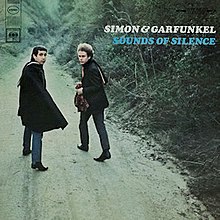
With the success of the single, the duo reformed and recorded The Sounds of Silence album. Recorded in the middle of 1965 and released in early 1966. Its success led to fans noticing their Wednesday Morning 3am.
Here are the track listings for the album:
|
|
The asterisk indicates Paul Simon (aka Paul Kane) compositions. Like many upcoming artists who became famous because of their compostional genius, Simon was still on a learning curve.
Columbia Records staff photographer Henry Parker had taken the album’s cover photo on the lower subway platform at Fifth Avenue and 53rd Street, New York City. Art Garfunkel has related that during the photo session many of pictures Parker took were unusable due to the “old familiar suggestion” on the wall. Those type of graffiti inspired Paul Simon to write the song “A Poem on the Underground Wall” for the duo’s later Parsley, Sage, Rosemary and Thyme album.
Here’s is AllMusic’s current review of Wednesday Morning 3 AM.
Wednesday Morning 3am
By the way, the location of the Wednesday Morning 3am album cover was the lower subway platform at Fifth Avenue and 53rd Street, New York City.
